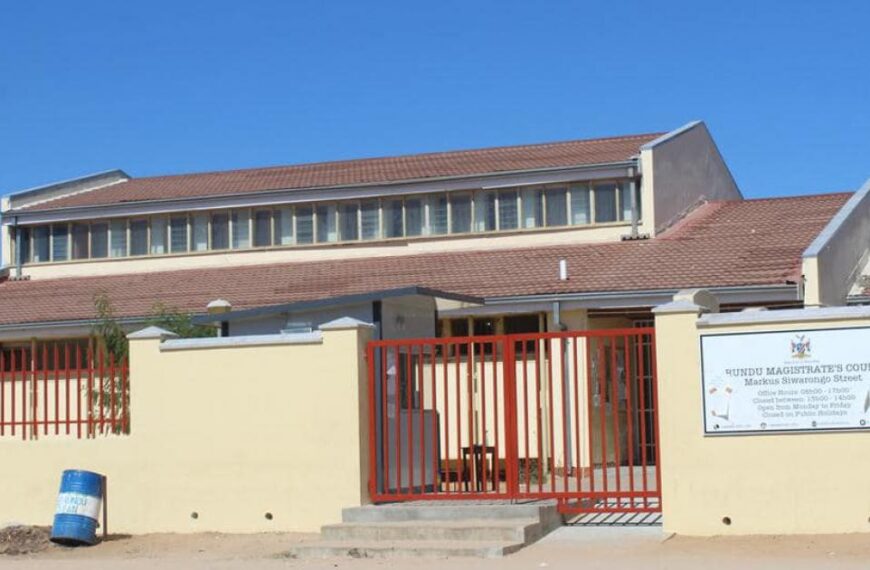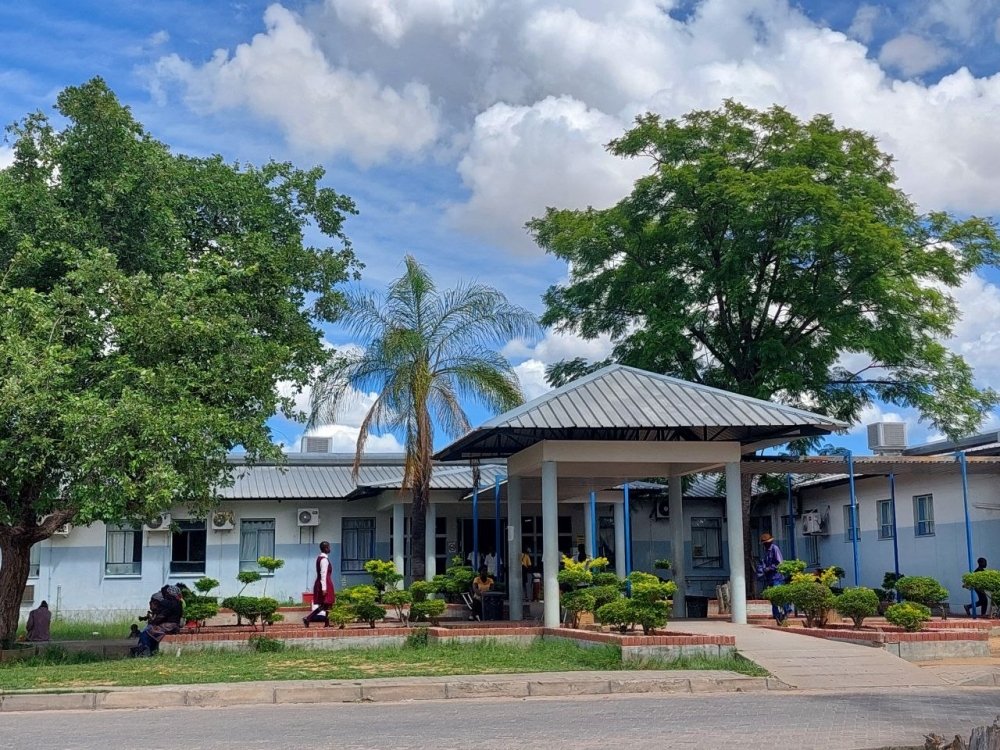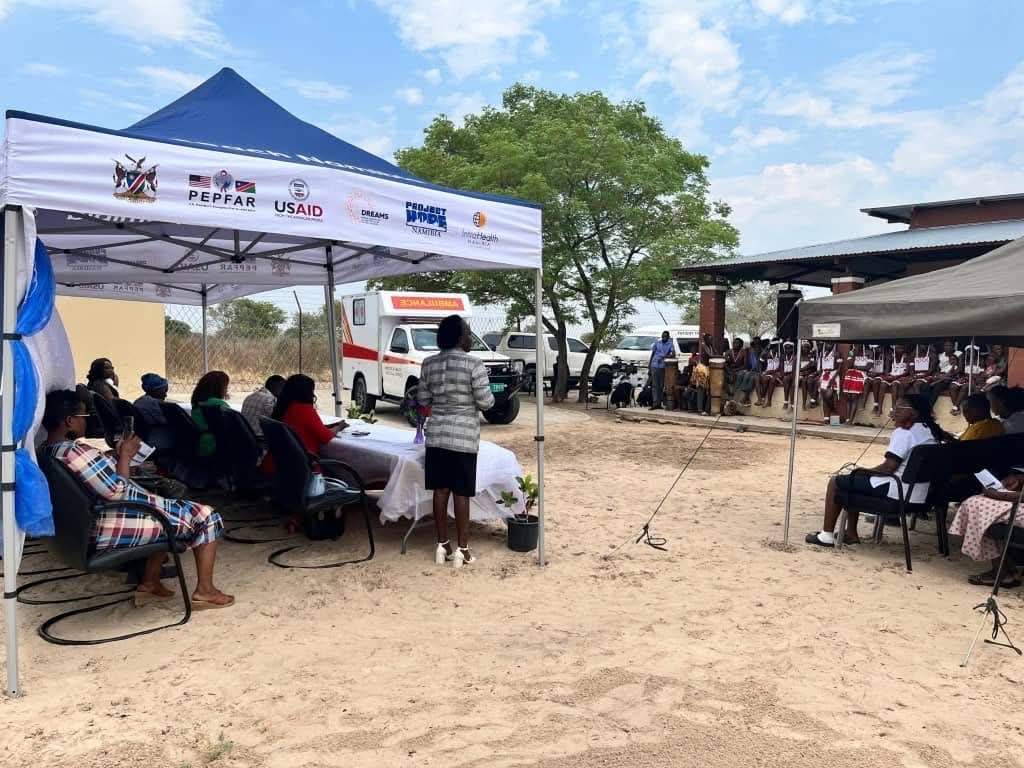
Namibia’s Ministry of Works and Transport is taking major steps toward digital transformation, with new online and automated systems set to modernise the Namibia Traffic Information System (NaTIS) by the end of 2025.
The ministry announced that two pilot projects, a computerised learner’s licence testing system and a digital Book and Pay platform will be launched before December next year. These initiatives aim to cut down on queues, improve service delivery, and reduce opportunities for corruption in the country’s traffic administration system.
Through the Book and Pay Module, customers will soon be able to schedule and pay for NaTIS services from the comfort of their homes. This digital platform is expected to ease congestion at service centres and streamline transactions for vehicle registrations, licence renewals, and related services.
Meanwhile, the Computerised Learner Licence Testing (CLLT) will replace traditional written exams with 30-minute computer-based tests that produce immediate results. The pilot phase will begin at the Okahandja NaTIS Centre and extend to the NaTIS mobile testing unit, marking a shift toward faster, more transparent testing procedures.
To improve accessibility in the capital, the Ministry has also secured land in Wanaheda serving nearby communities such as Havana, Hakahana, and Goreangab, for the construction of a new NaTIS service centre.
Looking ahead, the Ministry is planning additional upgrades for the next financial year, including electronic driver’s licences and an Automated Driving Testing System (ADTS). The ADTS will use sensors and satellite technology to monitor driving tests more accurately and ensure fairness. Testing vehicles and yards will be equipped with this technology, and customers may soon use NaTIS-provided vehicles for driving evaluations to reduce costs and improve consistency.
According to the latest figures, Namibia has 419,716 registered vehicles and 379,023 licensed drivers as of September 2025. NaTIS processes roughly 140,000 transactions each month, generating about N$87 million in revenue.
The Ministry acknowledged that current services are often hampered by long waiting times and travel expenses for clients, issues the upcoming digital reforms are designed to eliminate, paving the way for a more efficient and transparent traffic management system in Namibia.



























